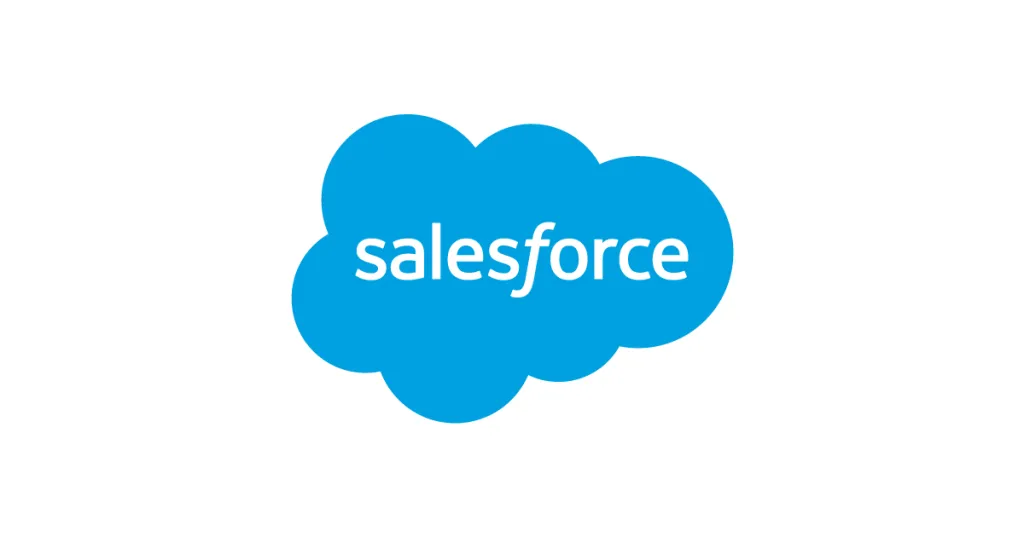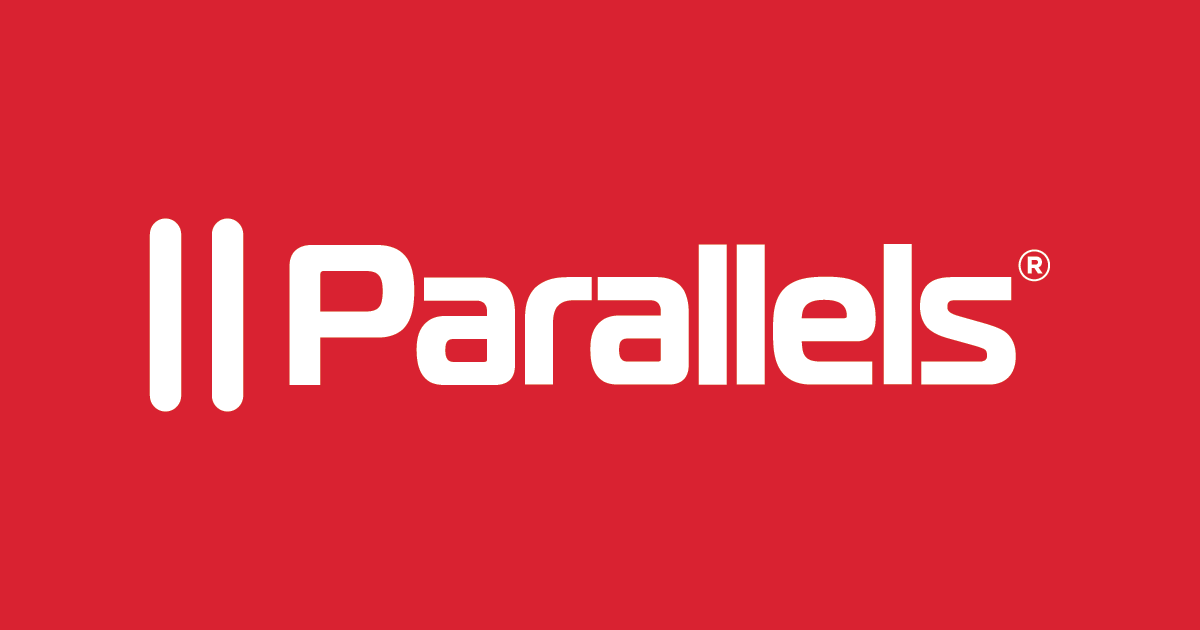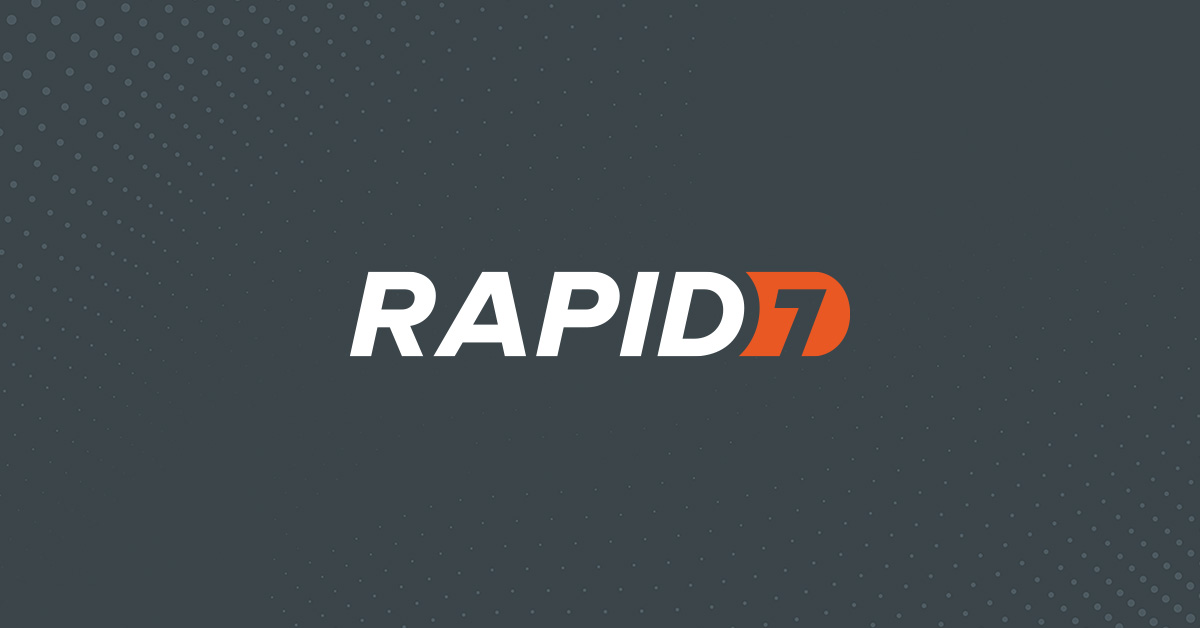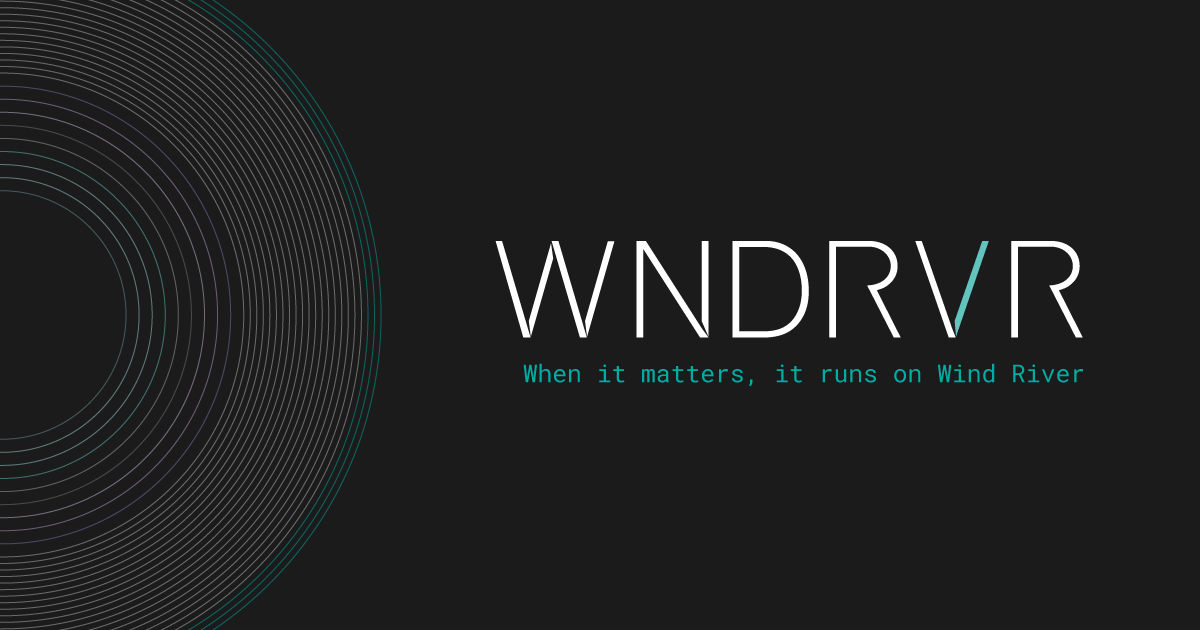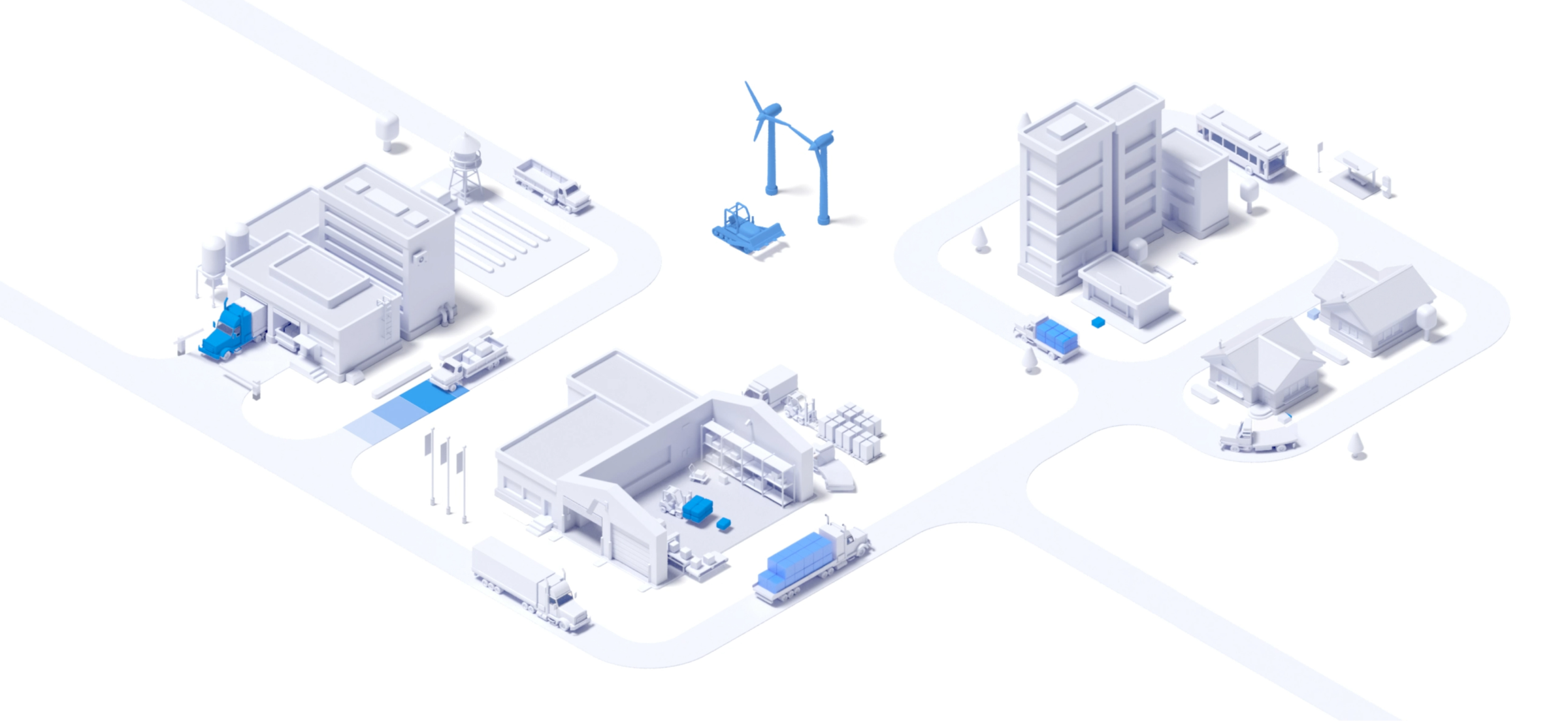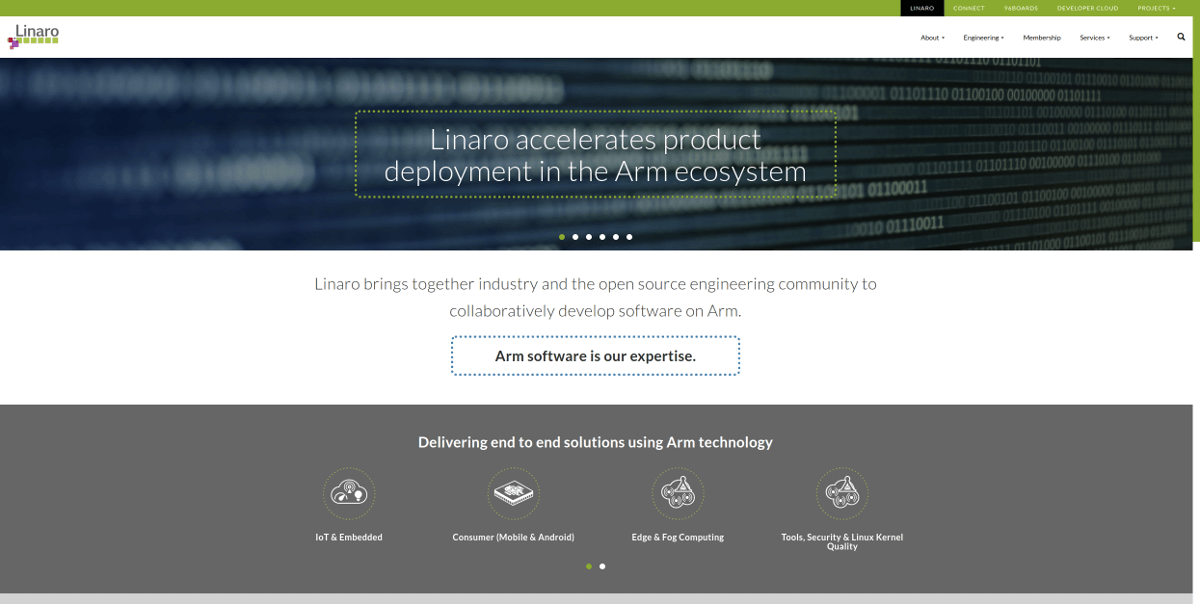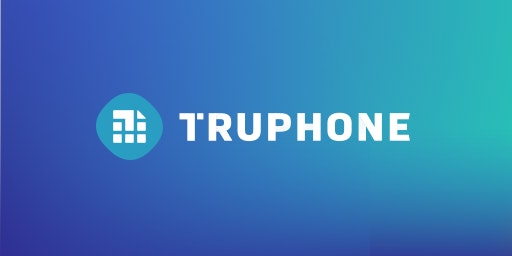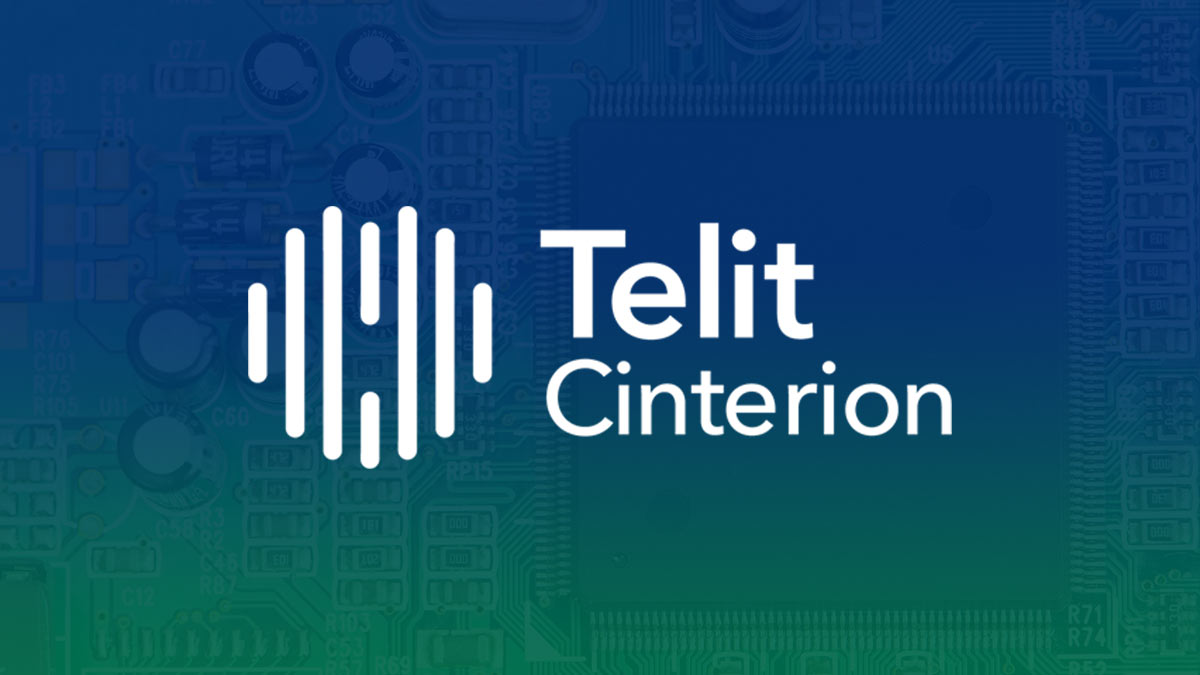Introduction
As more industrial machines, equipment and assets become connected to the internet, the need for robust IoT device management platforms has never been greater. These platforms provide the necessary tools to remotely monitor, update, troubleshoot and secure fleets of IoT devices deployed in the field. In this blog post, we analyze and compare 15 of the leading industrial IoT device management software providers based on important considerations for organizations with connected operations.
Methods of Evaluation
To rank the top 15 industrial IoT device management platforms, we evaluated each provider based on the following criteria: device connectivity support, security features, analytics and data visualization capabilities, integration with other industrial systems, market presence factors like number of deployments, customer reviews and case studies, feedback from industry analysts and reports, number of backlinks and traffic to company website, and trends in keyword research tools. This provided a balanced view of each platform’s technical strengths as well as demand in the industry.
1. IBM Maximo IoT
IBM Maximo IoT is an industrial IoT device management software from IBM. It provides capabilities for monitoring, managing and maintaining connected assets and equipment across different industries. IBM Maximo IoT leverages IBM’s expertise in AI and IoT to help optimize operations and reduce costs.
Pros: Key advantages of IBM Maximo IoT include:
– AI and predictive maintenance capabilities for assets
– Integrates with IBM’s asset and work management solutions
– Robust security features for industrial environments
Cons: A potential disadvantage is that IBM Maximo IoT requires significant investment and resources to deploy and maintain due to its large enterprise-grade nature.
Pricing: Pricing for IBM Maximo IoT is not publicly disclosed and varies based on unique deployment requirements, industry, number of assets managed etc. It is an enterprise solution that requires engaging an IBM sales representative for a custom quote.
Some key stats about IBM Maximo IoT include:
– Manages over 300,000 connected assets
– Deployed in over 50 countries
– Integrates with over 30 different operating systems, databases and protocols
2. Salesforce IoT Cloud
Salesforce IoT Cloud is an Internet of Things (IoT) platform built by Salesforce that allows companies to connect, monitor and manage all their IoT devices and data in one place. It integrates tightly with Salesforce’s CRM platform to help businesses gain insights from IoT data to improve customer experiences.
Pros: Main advantages of Salesforce IoT Cloud include its tight integration with Salesforce CRM platform which allows gaining customer insights from IoT data. It is also good for IoT use cases with a customer focus. The platform enables device management capabilities like remote configuration, monitoring and notifications.
Cons: A potential disadvantage is that Salesforce IoT Cloud may be more costly compared to other standalone IoT platforms due to additional costs of integrating with Salesforce CRM licenses. The platform may also have a steeper learning curve for users not familiar with Salesforce products.
Pricing: Salesforce IoT Cloud pricing starts at $125 per month for 100 connected devices. There are no additional costs for basic features like data collection, rule-based actions and notifications. More advanced capabilities are available in Enterprise Edition which requires additional licenses and custom quotes.
Some key stats about Salesforce IoT Cloud include: It manages over 50 million connected devices; Supports major IoT protocols like MQTT, CoAP and HTTP; Allows real-time monitoring of device health and inventory; Integrates data with Salesforce CRM for contextual insights
3. Parallels RAS
Parallels Remote Application Server (RAS) is an industry-leading virtual application and desktop delivery platform from Parallels. With over 20 years of experience in virtualization technologies, Parallels RAS allows IT professionals to securely deliver Windows applications and desktops to any device from a centralized location.
Pros: Some key advantages of Parallels RAS include:
– Virtualization platform optimized for IoT edge and gateway devices
– Secure containerization capabilities for deploying applications at the edge
– Scalable deployments that can span on-premises, cloud, and hybrid environments
– Centralized management console for deploying and updating apps across all devices
Cons: One potential disadvantage is that the platform requires an annual subscription fee which can increase the total cost of ownership over time compared to some free/open source alternatives.
Pricing: Pricing for Parallels RAS depends on the desired number of concurrent users. There are affordable subscription tiers starting at around $25 per user per year for smaller deployments.
Some key stats about Parallels RAS include:
– Supports over 500,000 concurrent users
– Deployed in over 30,000 organizations worldwide
– Compatible with all major operating systems including Windows, Mac, Linux, iOS, and Android
– Supports all popular hypervisors including VMware, Hyper-V, KVM, Xen, etc.
4. SAP IoT
SAP IoT is an Internet of Things (IoT) platform developed by SAP that allows organizations to manage IoT assets end-to-end from edge to enterprise. The platform helps companies connect devices and sensors, monitor and control them remotely, perform analytics on the data, and integrate it with other SAP enterprise applications for advanced analytics and machine learning.
Pros: The key advantages of SAP IoT include:
– End-to-end IoT management from a single platform.
– Integration with SAP enterprise applications for analytics and machine learning.
– Robust device monitoring, analytics and reporting on operational IoT data.
– Extensive security features and remote device management capabilities.
Cons: A potential disadvantage is that SAP IoT requires integration with other SAP solutions for the full suite of capabilities. This increases complexity and cost of implementation compared to standalone IoT platforms.
Pricing: SAP IoT pricing is based on the number of devices connected to the platform and additional services/capabilities required. It starts from free trials for developers and SMBs. Enterprise licenses start from tens of thousands of dollars based on device count, storage, support levels etc.
Some key stats about SAP IoT include:
– Over 10,000 customers globally across various industries like manufacturing, utilities, automotive etc.
– Ability to connect and manage over 50 million IoT devices on the platform.
– Integrates with major SAP applications like SAP S/4HANA, SAP Analytics Cloud etc.
5. Rapid7
Rapid7 is a leading provider of security solutions. One of their key products is InsightVM, which provides unified visibility and control of IoT and operational technology assets. InsightVM allows organizations to gain visibility, assess risks, and take action on networked devices across IT, IoT, and OT environments from a single platform.
Pros: Some key advantages of InsightVM include: – IoT device security and visibility capabilities to discover, classify, and assess risks for a wide variety of IoT and OT devices. – Continuous monitoring and risk assessment of devices to proactively identify vulnerabilities, misconfigurations, and outliers. – Integration with SIEMs like Rapid7’s InsightIDR to correlate device insights with user activity and threats.
Cons: One potential disadvantage is that full configuration and deployment of InsightVM requires professional services which increases the implementation costs compared to some other options.
Pricing: Pricing for InsightVM starts at $150 per device monitored on an annual subscription basis. Volume discounts are available for large-scale deployments monitoring hundreds of thousands or millions of devices.
Some key stats about InsightVM include: – Visibility into over 450 different device types out of the box. – Can monitor over 1 million devices. – Has over 10,000 customers globally, including many large enterprises.
6. Wind River Helix
Wind River Helix is an IoT device management platform developed by Wind River, a global leader in safety critical and security software. The platform offers centralized management, security and analytics capabilities for IoT and embedded devices spanning across industries like automotive, medical, aerospace & defense.
Pros: Some key advantages of Wind River Helix include:
– Dedicated platform for safety critical IoT systems ensuring reliability and security
– Compliant with industries like automotive, medical where safety and security are critical
– Integrated tools for streamlined software development and device management across the entire lifecycle
Cons: One potential disadvantage is that as an enterprise-grade solution, Wind River Helix may have a higher upfront cost compared to some open source or lower-tier commercial options.
Pricing: Wind River Helix pricing is custom based on business needs, deployment size and support plans. It typically follows a subscription licensing model with flexible term options starting around $5000 per year.
Some key stats about Wind River Helix include:
– Manages over 20 billion IoT connections globally
– Used by 9 of the top 10 automotive companies
– Compliant with industry standards like IEC 61508, ISO 26262, IEC 62304
7. Samsara
Samsara is an IoT company that provides a connected operations cloud for commercial fleets and industrial operations. Founded in 2015, the company’s platform connects physical assets like vehicles, equipment and entire facilities with software and sensors to help organizations improve safety and operations. Some key stats about Samsara include that they have over 20,000 customers globally across various industries and that they have raised over $530 million in funding to date.
Pros: Some key advantages of Samsara’s platform include their strong industrial IoT and sensor data analytics capabilities. The platform offers real-time visibility into assets, optimized workflows, predictive maintenance alerts and customizable reporting dashboards. Samsara also has ready connectors that allow their software to integrate directly with various vehicles, equipment, sensors and other hardware from popular manufacturers.
Cons: One potential disadvantage is that the full capabilities of Samsara’s platform are only unlocked when organizations purchase and install their hardware devices on assets. This upfront investment may not suit all budgets.
Pricing: Samsara offers flexible pricing plans tailored to different organization sizes and needs. Basic safety and utilization monitoring starts from $10-15 per device per month. More advanced analytics, integrations and customization generally increase the monthly subscription fees. Larger fleets may qualify for volume discounts on hardware and services.
Samsara’s platform can track and manage over 1 million connected hardware assets. Their video safety program analyzes over 100 million driving hours each month. They have a network of over 4 petabytes of sensor data that provides insights. Samsara also partners with various equipment and vehicle manufacturers to offer integrated hardware and software solutions.
8. Sierra Wireless
Sierra Wireless is a leading provider of device-to-cloud Internet of Things (IoT) solutions. The company offers a variety of connectivity services, modules, and routers that help connect devices to the cloud. One of Sierra Wireless’ flagship products is its IoT device management platform, which allows businesses to securely connect, manage, and monitor their IoT devices from a single console.
Pros: Key advantages of Sierra Wireless’ IoT device management platform include:
– Centralized connectivity and device management from a single console
– Secure connectivity to devices using cellular or WiFi networks
– Real-time device monitoring and alerts
– Remote configuration, updates, and troubleshooting of devices
– Integration with Sierra Wireless’ modules and routers for seamless onboarding
Cons: One potential disadvantage is that the platform may be overkill for small IoT projects with fewer than 500 devices. The pricing and additional features could outweigh the needs of such smaller deployments.
Pricing: Sierra Wireless offers flexible pricing plans for its IoT device management platform starting from $5 per device per month. Additional services like cellular connectivity, custom integrations, and support are priced separately. The platform also offers free trials and proof-of-concept deployments.
Some key stats about Sierra Wireless’ IoT device management platform include:
– Supports over 50 million connected devices globally
– Used across various industries including transportation, energy, manufacturing, and more
– Integrates with over 250 cellular partners and major cloud platforms
9. Particle Device Management
Particle Device Management is an open source IoT device management platform developed by Particle. It allows users to easily manage and monitor connected devices from a single dashboard. Particle is widely used for prototyping, testing and deploying IoT projects at scale.
Pros: Some of the key advantages of Particle Device Management include:
– Free and open source software for IoT device management during prototyping
– Support for Particle dev kits and many 3rd party hardware modules
– Webhooks and REST APIs for integrating device data into other systems
– Secure OTA firmware updates for deploying code changes to devices in the field
Cons: One potential disadvantage is that the free tier only supports a limited number of devices. For high volume commercial deployments, a paid plan may be required.
Pricing: Particle Device Management has a free tier that supports managing up to 10 devices. For more advanced use cases, paid plans start at $49/month for managing up to 100 devices.
Some key facts about Particle Device Management include:
– Used by over 500,000 developers worldwide
– Supports popular dev kits and modules like Particle Argon, Boron, Xenon and circuitPython
– Provides a web-based dashboard to monitor and update devices remotely
10. Linaro
Linaro Limited is an open source software company that focuses on software engineering and open source development on Arm based architectures. Some key areas of focus for Linaro include edge operating systems, device management tools and open source SDKs.
Pros: Some key advantages of Linaro’s software and tools include:
– Their edge OS and platforms are specifically optimized for Arm architectures like Cortex-A and Cortex-M which makes them faster and more efficient than x86 alternatives.
– Their device management platform allows to remotely manage, monitor and update gateways and microcontrollers connected over LTE/5G networks.
– Being open source, their SDKs and tools offer transparency and can be customized as per requirements with access to the full source code.
Cons: One key disadvantage could be that as an open source platform, it may not offer the level of commercial support and services available from proprietary device management vendors.
Pricing: Linaro does not charge for any of its open source software and tools. However, commercial support and services are available on a paid basis for enterprises with specific requirement around customization, integration or training.
Some key stats about Linaro include:
– Linaro has over 200 engineers working on open source software development
– Linaro members include industry leaders like Arm, AMD, IBM, NVIDIA and Samsung
– Linaro maintains popular open source projects like Linux kernel, LXD and Debian on Arm
11. Truphone
Truphone is a leading provider of IoT connectivity and device management solutions. Founded in 2006, Truphone provides dedicated IoT connectivity through its global 2G, 3G and 4G networks to enable devices to connect anywhere in the world. Its state of the art SIM software and intuitive device management platforms allow enterprises to securely connect, monitor and manage IoT devices at scale.
Pros: Key advantages of Truphone’s IoT connectivity and management platform include:
– Dedicated IoT connectivity provider with global coverage
– Built-in security features like access control, data encryption and remote wipe
– Comprehensive device management portal for remote configuring, updating and troubleshooting
– Real-time device monitoring and geofencing alerts
– Flexible and scalable pricing plans to suit all IoT deployments
Cons: One potential disadvantage is that the pricing could be more expensive than some MVNO competitors for large volume deployments due to Truphone’s focus on dedicated IoT connectivity.
Pricing: Truphone offers flexible usage-based pricing plans for IoT connectivity starting from $0.10/MB of data usage. Device management pricing ranges from free to $5/device/month depending on the number of devices and required features. Customized enterprise plans are also available.
Some key stats about Truphone’s IoT solution include:
– Over 250 carriers partners in over 100 countries providing connectivity coverage
– Manages connectivity for over 50 million IoT SIM cards globally
– Supports over 150 different device types and protocols
– 99.995% network uptime SLA
12. Telit OneEdge
Telit OneEdge is an end-to-end IoT platform that provides connectivity, device management and data analytics capabilities. Developed by Telit, OneEdge offers a complete solution to connect, manage and analyze IoT devices and data from the edge to the cloud.
Pros: Main advantages of Telit OneEdge include:
– End-to-end IoT platform for connectivity, device management and data integration
– Out-of-the-box integration with Telit’s extensive portfolio of cellular modules
– Robust security features for deployments in industrial environments
Cons: One potential disadvantage is that the pricing can be higher compared to some open-source IoT platforms depending on the deployment size and needs.
Pricing: Telit OneEdge pricing starts at $5 per device per month. The pricing is scalable based on the number of devices, modules, connectivity plans and premium features required for advanced analytics and security.
Some key stats about Telit OneEdge include:
– Manages over 50 million connected devices globally
– Integrates out-of-the-box with Telit cellular modules
– Provides robust security features such as encryption, authentication and access control suited for industrial IoT deployments
13. SparkCognition IoT Platform
SparkCognition IoT Platform is an AI-powered IoT device management software that allows users to easily configure, monitor and manage IoT devices at scale. The platform provides customizable AI/ML models, visual configurations and end-to-end solutions to manage IoT applications.
Pros: Some key advantages of the SparkCognition IoT Platform include:
– Customizable AI/ML models that can be trained on customer’s IoT data
– Visual drag-and-drop interface for non-technical users to configure devices
– End-to-end solutions from connecting devices to analytics and automated actions
– Single platform to manage all types of IoT devices from different vendors
Cons: One potential disadvantage could be the learning curve for customizing advanced AI/ML models on the platform which may require technical expertise.
Pricing: SparkCognition IoT Platform pricing starts from $1500/month for the basic ‘Essentials’ plan suitable for up to 500 devices. It also offers custom enterprise pricing for large deployments.
Some key stats about the SparkCognition IoT Platform include:
– Manages millions of IoT devices globally across various industries
– Provides pre-built AI models for common IoT use cases like predictive maintenance, inventory management etc.
– Supports over 500 different types of IoT devices and protocols out of the box
14. Aeris IoT Connectivity
Aeris IoT Connectivity is an end-to-end IoT connectivity and device management platform for connecting and managing IoT devices globally. Aeris operates the largest privately held cellular IoT network in the world, ensuring robust connectivity for IoT devices anywhere they are deployed. In addition to cellular connectivity, Aeris supports satellite and LPWA networks to provide flexibility in network access.
Pros: Some key advantages of Aeris IoT Connectivity include:
– Robust connectivity management for IoT devices globally through its privately held cellular IoT network
– Seamless integration of cellular, satellite and LPWA networks for flexibility
– Device management capabilities and APIs for easy customization and control of IoT devices
Cons: One potential disadvantage is that cellular connectivity does require a paid subscription model which can increase costs over time for deploying and connecting a large number of IoT devices compared to some free LPWA network alternatives.
Pricing: Aeris offers flexible pricing plans tailored for different industries and use cases. Basic plans start at $1/device/month and scaled data and connectivity plans are available. Professional services for custom device integration and management are also available for an additional fee.
Some key stats about Aeris’ IoT connectivity platform include:
– Over 30 million devices connected globally across multiple industries
– Supports 200+ mobile networks worldwide
– Integrates cellular, satellite and LPWA network technologies
– Available IoT connectivity in over 100 countries
15. Pycom
Pycom is an IoT device management software and hardware provider founded in 2015. They provide both hardware modules like FiPy, GPy and WiPy as well as a cloud platform to manage IoT devices at the edge. Their key product is the PycomCloud platform which allows users to quickly build, deploy and manage IoT solutions.
Pros: Key advantages of the PycomCloud platform include:
– Easy to develop IoT solutions using Pycom modules and Python SDK
– End-to-end device management for IoT edge devices
– Secure firmware updates and data collection from remote locations
– Wide range of pre-certified cellular and WiFi modules to choose from
– Scalable architecture to support thousands of devices
Cons: One potential downside is that custom hardware development requires soldering skills and electrical engineering knowledge to design circuits. The platform may also be more suitable for IoT projects requiring reliable connectivity versus low-cost simple sensors.
Pricing: Pycom offers three pricing tiers for its cloud platform:
– Hobbyist: Free tier for up to 50 devices
– Professional: $29/month for up to 500 devices
– Enterprise: Custom pricing for large fleets of over 500 devices
Some key stats about Pycom and the PycomCloud platform include:
– Supports over 250,000 IoT devices
– Used in over 100 countries globally
– Offers pre-built modules that reduce development time
– Provides cellular, WiFi and Bluetooth connectivity out of the box
Conclusion
While all the mentioned platforms offer robust features for secure device management at scale, IBM Maximo IoT, Salesforce IoT Cloud, SAP IoT and Samsara emerged as the clear leaders based on our comprehensive evaluation methodology. Their mature platforms have proven success across several industries, strong security posture, and powerful analytics make them excellent choices for organizations looking to digitally transform their operations through industrial IoT. The selection should ultimately depend on your unique use cases, existing technology landscape, and business goals. Proper due diligence and proof of concepts are recommended before committing to any platform.





